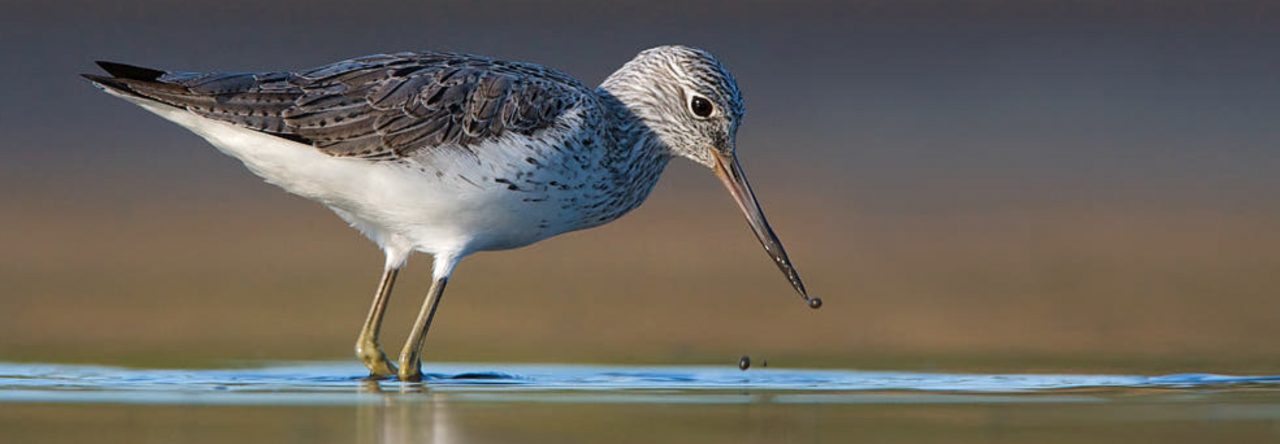Written by James Hamilton/Birding247
The UK’s Stone-curlew population is literally going from strengh to strength. Results of the species breeding success, has led to celebrations [not too many beers we hope – ed] by the RSPB and the Country Land and Business Association (CLA) who have been celebrating along with farmers in the Eastern region following the news that by working together, they have helped the vulnerable Stone-curlew population in the area to be moved from a status of ‘high conservation concern’ to a ‘medium conservation concern’.
Eurasian Stone-curlew. @ James Hamilton
Stone-curlews are large wading birds whose habitat consists of treeless, stony terrain and grassland. This special bird’s most striking characteristics are their long yellow legs and large yellow eyes, the power of which enables them to feed on insects at night, giving rise to their local name of goggle-eyed plover. They are a shy, sensitive species and negative changes in their habitat will often result in lowered breeding success.
Before habitats were changed to arable farming and forestry after the Second World War, there used to be more than 1,000 breeding pairs in England. Numbers of Stone-curlews fell by over 85% between 1940 and 1985, when the numbers hit a low of 150-160 pairs.
In 2010, thanks to work of farmers and landowners, often working with the RSPB over the past 25 years, the entire UK population of stone-curlews increased gradually to 370 pairs. The Eastern Region is home to two thirds of these rare birds, and as one of the two main strongholds left in England, the agricultural community has a vital part to play in the survival of this special species.
This year’s fantastic result for stone-curlews has been achieved through many CLA members, other farmers and landowners putting measures in place to intervene when agricultural operations pose a threat to Stone-curlews on their land and implementing positive land management, such as creating cultivated fallows, which provide essential nesting and feeding habitats for the birds.
This evening’s event aims to thank the farmers in the region who have stepped up for nature alongside the RSPB and to recognise their continuing commitment to the conservation of Stone-curlews. Their achievements this year are extremely significant both to the survival of Stone-curlews, but also as an indication of what can be achieved for a multitude of other vulnerable species in the future.
Simon Tonkin, Senior Conservation Officer for the RSPB in Eastern England says: “Hearing the eerie sound of Stone-curlews calling at night is a sound I will never forget. The opportunity to observe this distinguished inhabitant of Breckland is all thanks to the farmers and landowners working together with the RSPB to make a real difference for farm wildlife.“
“These farmers demonstrate the value of funding through agri-environment schemes, which is why it is essential that farmers be given the right level of incentives through the reform of the Common Agricultural Policy. We strongly feel that there is a way to ensure farmland is managed in a way that is prosperous for farm wildlife, food production and farm businesses.”
“This event provides an opportunity for us to jointly applaud the work of those farmers across the region stepping up for nature on their farms and making a real difference for such an iconic species of the Brecks.”
Gerald Grey, Head keeper at the Hilborough Estate explains: “The Hilborough estate working together with the RSPB continues to be a great experience as we are both pulling in exactly the same direction, attempting to provide countryside rich in farm wildlife that we can all enjoy and protect for future generations. By providing habitat for Stone-curlews we have also been able to provide habitat for Grey Partridge, Turtle Dove, arable flora and farmland butterflies.”
Hugh Van Cutsem who owns the Hilborough Estate is a former chairman of our Norfolk CLA branch and his approach to conservation is typical of so many of our members, says Rob Wise, CLA regional adviser. “They have been prominent in their support for the Campaign for the Farmed Environment and we have numerous examples of the work they do for wildlife and the environment – farmland birds especially.“
“We can all be proud of these results.” concluded Rob.


